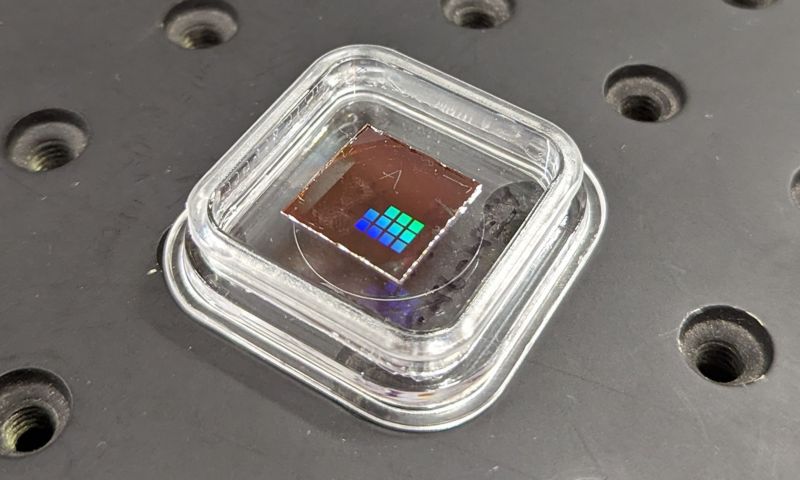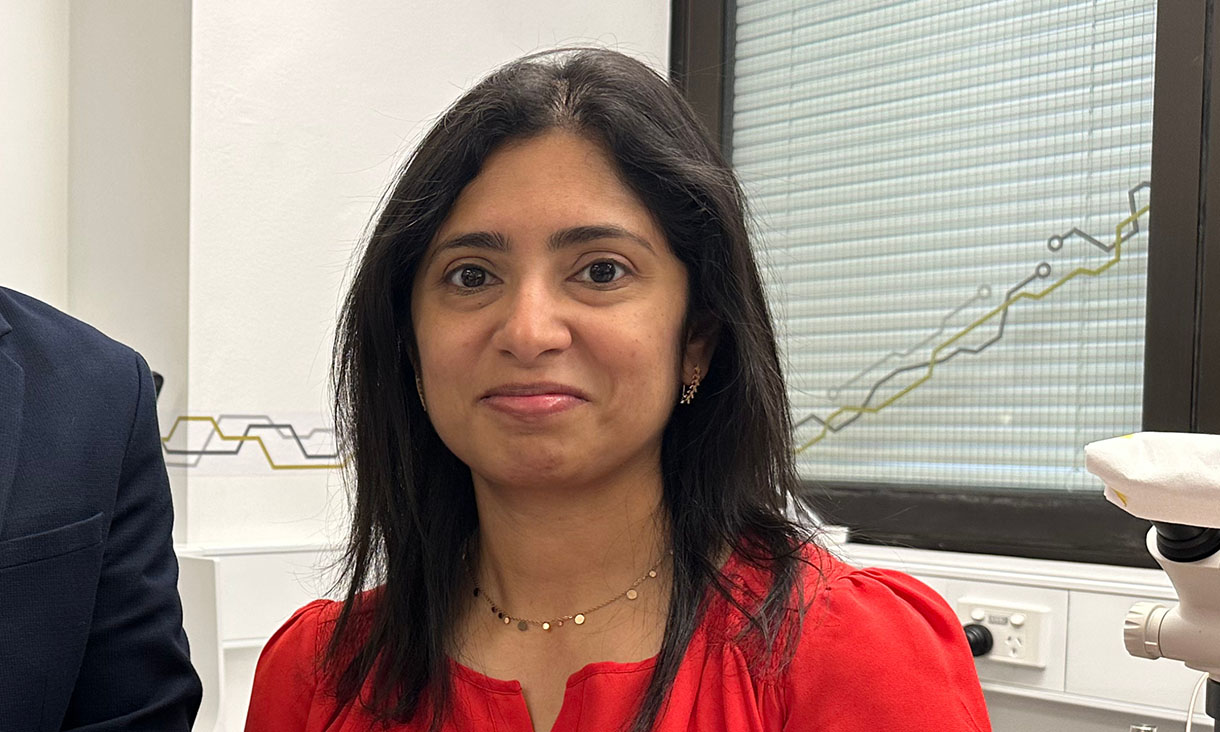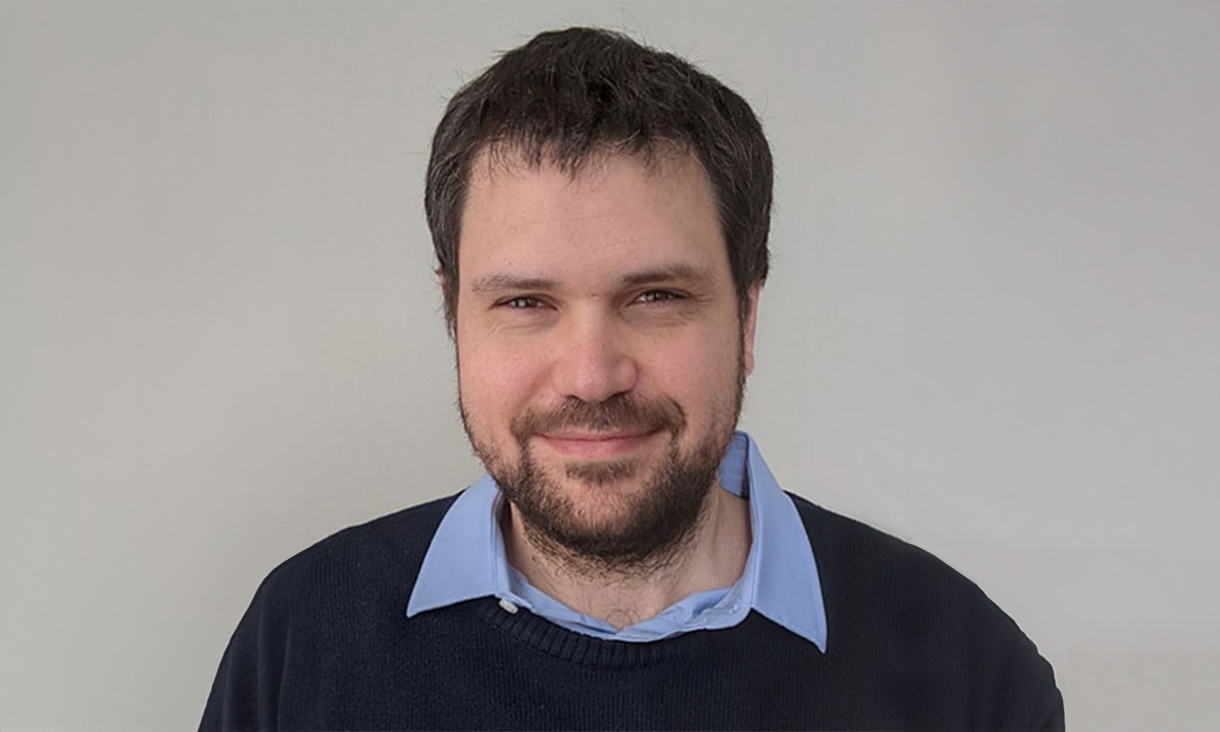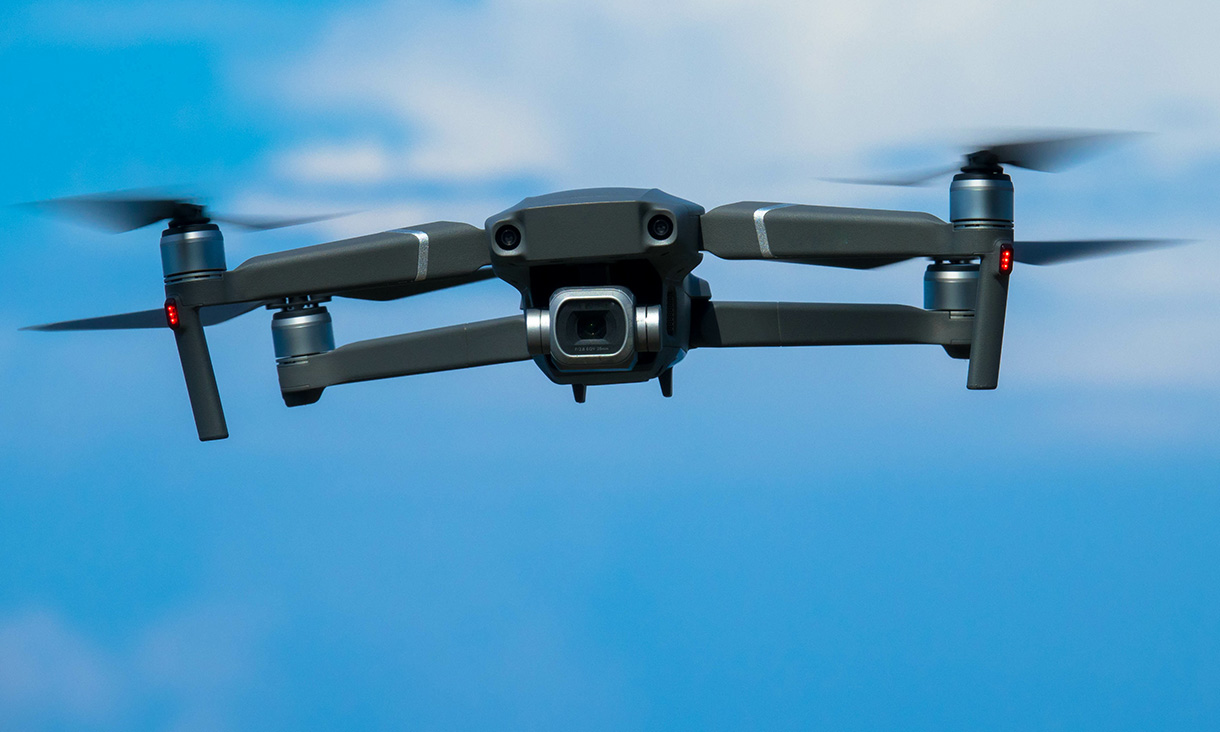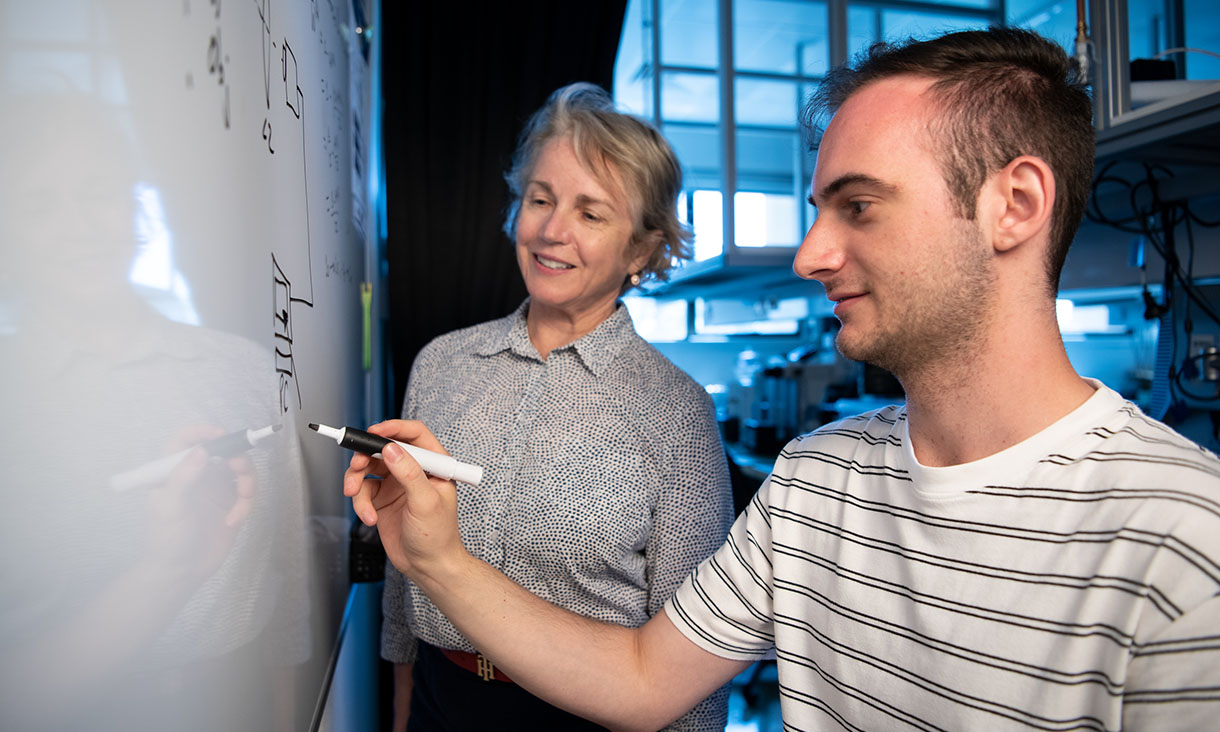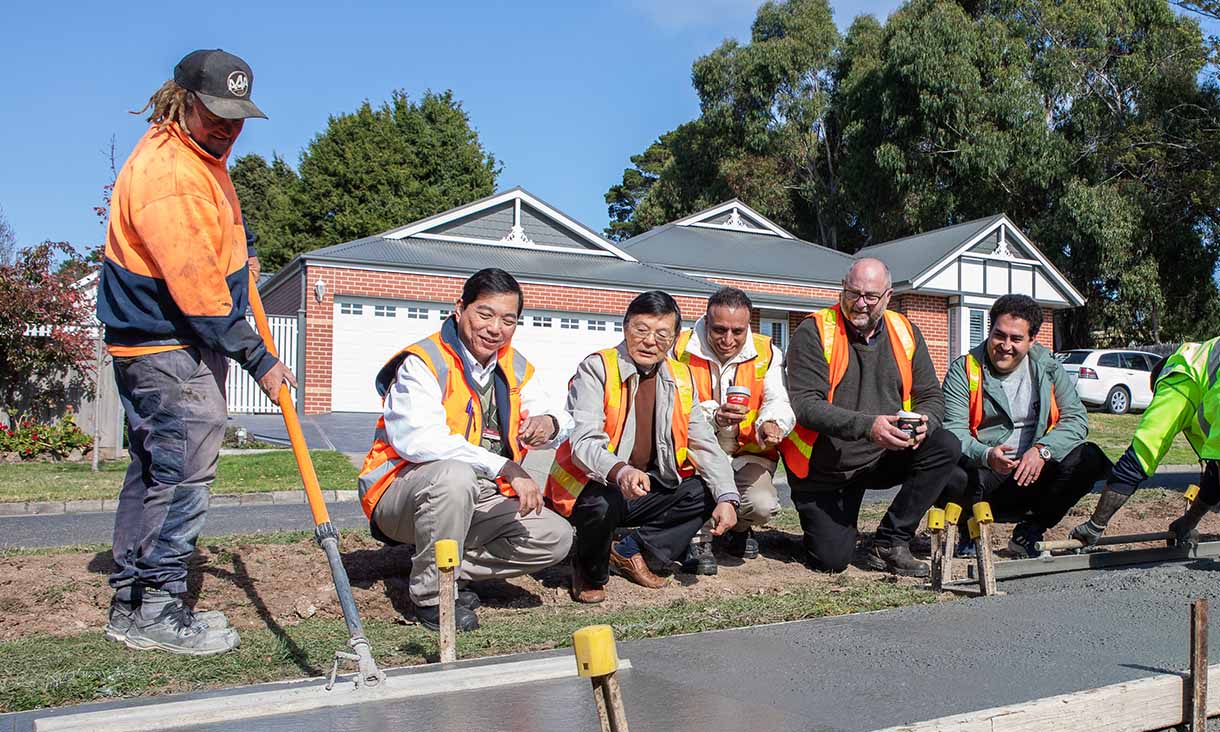Tiny crop-health sensors could help cut the cost of groceries
A compact, lightweight sensor system with infrared imaging capabilities developed by an international team of engineers could be easily fitted to a drone for remote crop monitoring.
New health research hub to improve patient care and build health workforce in Victoria’s northern corridor
RMIT University and Northern Health have partnered to establish a Clinical Translation Research Partnership.
RMIT and council trial world-first coffee concrete footpath
Freshly brewed coffee concrete may be coming to a street near you after RMIT University teamed up with Macedon Ranges Shire Council to conduct a world-first coffee concrete footpath trial.
New report aims to support Spanish investment in Victoria
A new report out of the Future Europe Series, delivered by RMIT Europe and the State of Victoria’s European Trade and Investment office, has made recommendations in skills, innovation and digitalisation for Spanish companies investing in infrastructure and energy projects in Victoria, Australia.

